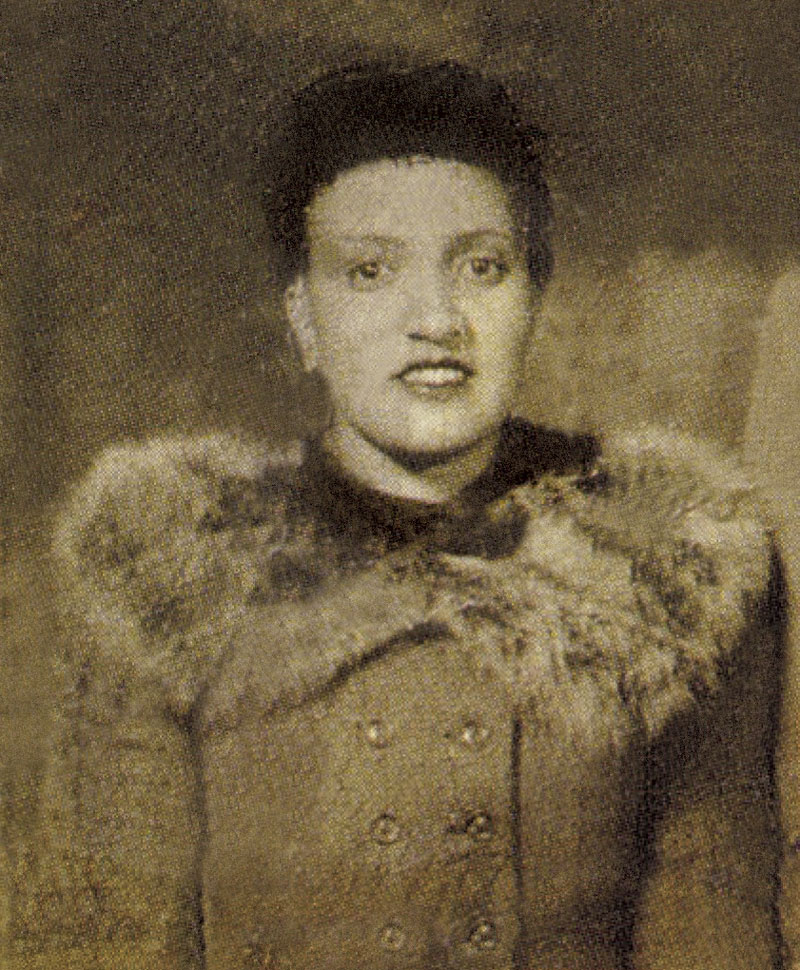Henrietta Lacks’s cells, known as HeLa cells, have had an extraordinary impact on medicine, becoming one of the most significant tools in scientific research. Here’s how her immortal cell line transformed medicine and science:
1. First Immortal Human Cell Line
-
HeLa cells were the first human cells to survive and multiply indefinitely outside the body, making them a revolutionary tool for research.
-
Before HeLa cells, scientists struggled to keep human cells alive in the laboratory for extended periods.
2. Development of the Polio Vaccine
-
HeLa cells played a critical role in the development of the polio vaccine in the 1950s.
-
Jonas Salk used HeLa cells to test the vaccine, which ultimately eradicated polio in many parts of the world.
3. Cancer Research
-
HeLa cells are widely used in cancer research to study the disease’s mechanisms and potential treatments.
-
Researchers have used these cells to understand how cancer develops and spreads.
4. Understanding the Human Genome
-
HeLa cells contributed to gene mapping and understanding the human genome, which has led to advances in personalised medicine and genetic therapies.
5. Advancements in Virology
-
HeLa cells have been used to study viruses such as:
-
HIV
-
Zika virus
-
Human papillomavirus (HPV)—which Henrietta herself carried and which caused her cervical cancer.
-
6. Drug Testing and Toxicology
-
HeLa cells are used to test the effects of drugs and chemicals on human cells, providing critical data before human trials.
7. Space Biology
-
NASA used HeLa cells to study the effects of zero gravity on human cells, helping scientists understand how humans might adapt to space travel.
8. Development of Vaccines and Treatments
-
Beyond the polio vaccine, HeLa cells have contributed to the development of vaccines for diseases like:
-
COVID-19
-
Influenza
-
HPV
-
9. Ethical Discussions and Bioethics
-
The use of Henrietta Lacks’s cells without her or her family’s consent sparked global conversations about:
-
Informed consent in medical research.
-
Patients’ rights and equitable compensation in research discoveries.
-
Ethical standards for biotechnological advancements.
-
10. Broader Scientific Applications
-
HeLa cells continue to aid research in:
-
Stem cell therapy
-
Regenerative medicine
-
Gene editing techniques like CRISPR
-
Impact by Numbers
-
HeLa cells have been part of more than 75,000 studies and countless breakthroughs, touching nearly every field of modern biomedical research.
Henrietta Lacks’s legacy, through HeLa cells, has forever changed the landscape of medicine and science. Her contributions continue to save lives and advance knowledge, making her story one of the most significant in the history of medical research.
Henrietta Lacks’ Family Settles Lawsuit Against Biotech Company
On 2nd August 2023, the descendants of Henrietta Lacks reached a deal with the biotech company accused of taking her cells without her consent while she was a patient at John Hopkins Hospital.
Civil rights attorney Ben Crump, who represented the family, announced a deal was reached with Thermo Fisher Scientific Inc., according to the Associated Press. The outlet reported the settlement followed closed-door negotiations inside Baltimore’s federal courthouse all day Monday and included some of Lacks’ grandchildren.
Henrietta Lacks’s Background
Henrietta Lacks, born Loretta Pleasant on August 1, 1920, in Roanoke, Virginia, was an African American woman whose cancer cells became one of the most important tools in medicine. After her mother’s death in 1924, Henrietta was sent to live with her grandfather in Clover, Virginia, where she shared a home with her cousin, David “Day” Lacks.The two later married in 1941 and had five children.
In 1951, at the age of 31, Henrietta sought treatment for vaginal bleeding at Johns Hopkins Hospital in Baltimore, Maryland, one of the few hospitals at the time that treated Black patients.Doctors diagnosed her with an aggressive form of cervical cancer.During her treatment, without her knowledge or consent, physicians collected samples of her cancerous tissue.These cells were given to Dr. George Otto Gey, a researcher at Johns Hopkins, who discovered that her cells could survive and multiply indefinitely in the laboratory—a property never seen before.
These remarkable cells, dubbed “HeLa” cells from the first two letters of her first and last names, became the first immortal human cell line. HeLa cells have since been instrumental in numerous scientific breakthroughs, including the development of the polio vaccine, cancer research, gene mapping, and the study of viruses.They have been used to test the effects of radiation and poisons, study the human genome, and contribute to the development of vaccines, including those for COVID-19.
Henrietta Lacks passed away on October 4, 1951, but her legacy lives on through the countless medical advancements made possible by her cells.However, the use of her cells without consent raised significant ethical concerns.Her family was unaware of the HeLa cell line’s existence until the 1970s and received no compensation, despite the cells’ widespread commercial use.This case has since become a pivotal example in discussions about patients’ rights, informed consent, and bioethics.
Henrietta’s story gained widespread attention through Rebecca Skloot’s 2010 book, The Immortal Life of Henrietta Lacks, which was later adapted into an HBO film starring Oprah Winfrey.In recent years, efforts have been made to honor her contributions, including the establishment of the Henrietta Lacks Foundation and initiatives to recognize her impact on science and medicine.In 2025, Maryland lawmakers introduced a bill to award her a Congressional Gold Medal, acknowledging her invaluable contributions to medical research.
Henrietta Lacks’s story is a powerful reminder of the importance of ethical standards in medical research and the need to recognize and respect the individuals behind scientific advancements.

